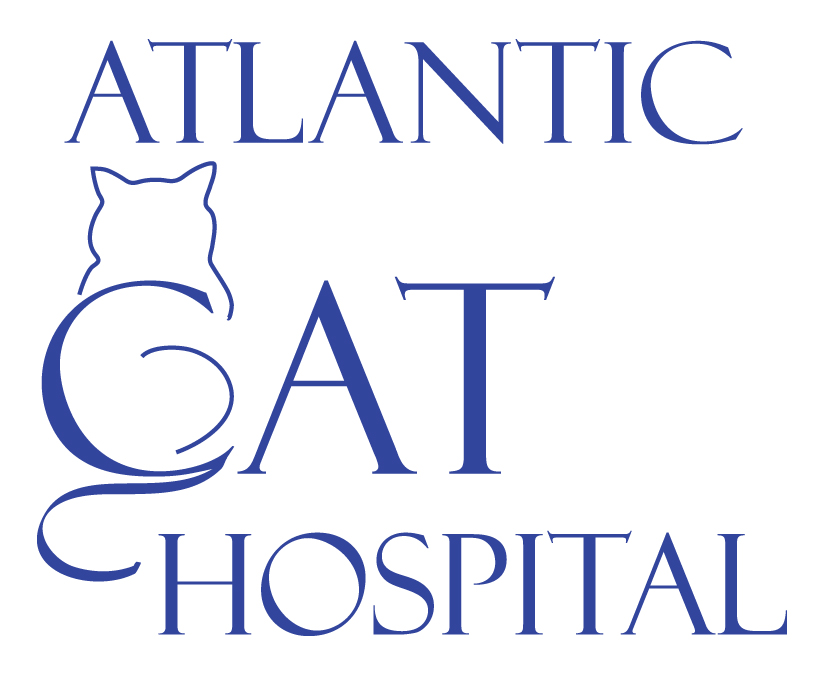Library
-
Betaxolol ophthalmic is a topical eye medication prescribed off-label in veterinary medicine to treat glaucoma in dogs, cats, and horses. It comes as a liquid eye drop to be administered on the surface of the eye.
-
Bethanechol chloride is given by mouth or injection and is used off label to increase urinary or intestinal movement/activity. Common side effects include vomiting, diarrhea, drooling, and lack of appetite.
-
Bexagliflozin (brand name Bexacat®, Brenzavvy®) is an oral glycemic control medication used in cats with diabetes mellitus. It is used to lower blood sugar levels in cats with diabetes mellitus not previously treated with insulin. Bexagliflozin comes in tablet form.
-
Bile acids are compounds that are made in the liver and stored in the gall bladder and help with digestion of foods. The bile acid test is a very useful test that helps to determine if the liver is working properly. An abnormal bile acid test result indicates there is a problem in the liver, but it does not provide information about the cause, severity, or reversibility of the problem. Further testing is required to investigate the problem.
-
Bismuth compounds are given by mouth and are used on and off label to treat diarrhea and upset stomach. Give as directed by your veterinarian. The most common side effects include discolored stools and constipation. Do not use in pets that are allergic to it or other NSAIDs, or in pets that have a stomach or intestinal ulcer. If a negative reaction occurs, please call your veterinary office.
-
Bladder stones are rock-like formations of minerals that develop in the urinary bladder. All stones form because of disease or inflammation in the bladder. The most common signs in cats are bloody urine and straining to urinate. X-rays (with or without contrast dyes) or ultrasound may be necessary for diagnosis. The fastest way to remove bladder stones is via a surgical procedure called a cystotomy. Special diets or passing a catheter may be successful for some bladder stones. Your veterinarian will advise you of the best course of action for your cat's situation.
-
Blepharitis (inflammation of the eyelid) can affect one or both eyes. The affected eyelid will usually be red, swollen, and itchy. Any condition that can cause irritation of the eyelids can lead to blepharitis. The numerous potential causes of this condition, along with the clinical signs, diagnosis, treatment, and prognosis are outlined in this handout.
-
A transfusion reaction is an adverse response by the body to a blood transfusion. The clinical signs and treatment protocols both vary based on the type of reaction. Prior to a blood transfusion, your veterinarian may perform tests to help ensure that the donor blood is a good match for your cat.
-
When traveling, you may need to board your pet at a kennel or veterinary clinic. Ask for references to find a boarding facility and visit it before having your pet stay there. A short stay before a longer trip can help your pet to settle in more easily. Be sure to leave emergency contact details for you and your veterinarian.
-
Bone marrow is the soft material found in the central core of many bones. Bone marrow is commonly collected and examined when abnormalities are found in the circulating blood. The pathologist's report typically provides information about the health of the marrow, the types of cells present, whether abnormal cells are found, and other details that may help to explain the patient's illness.






